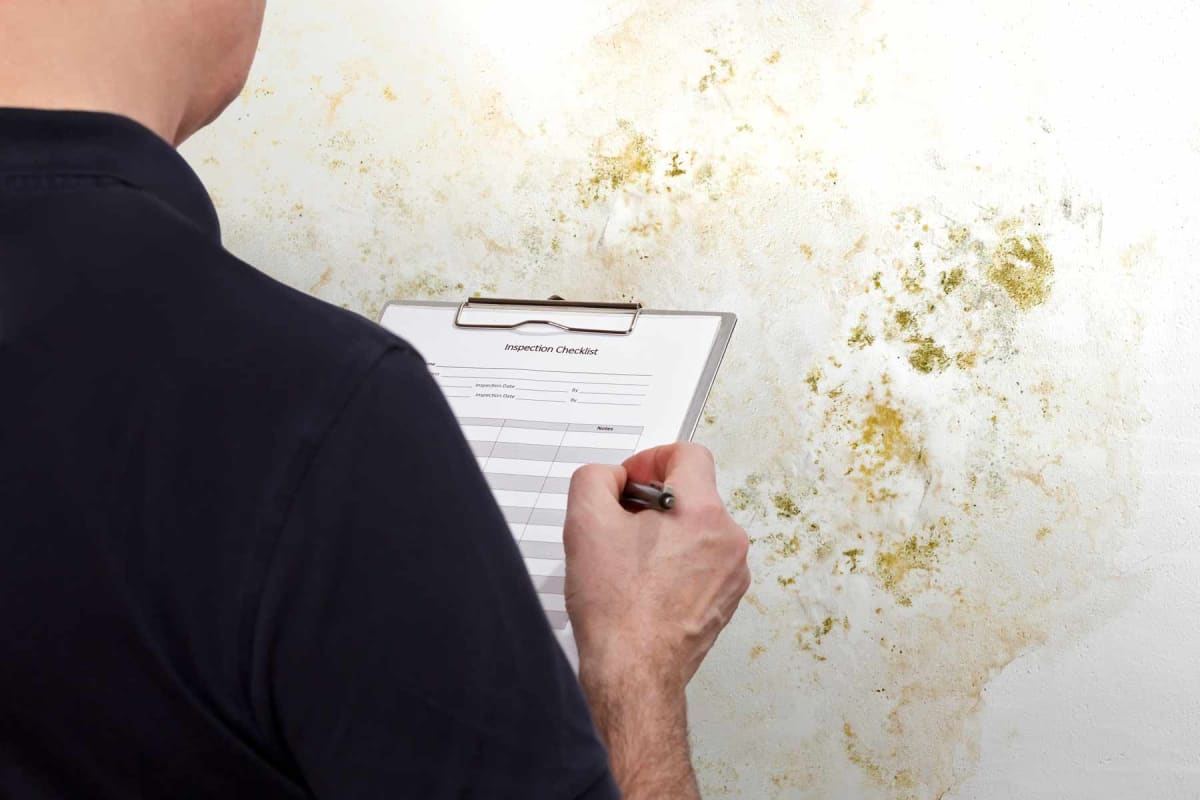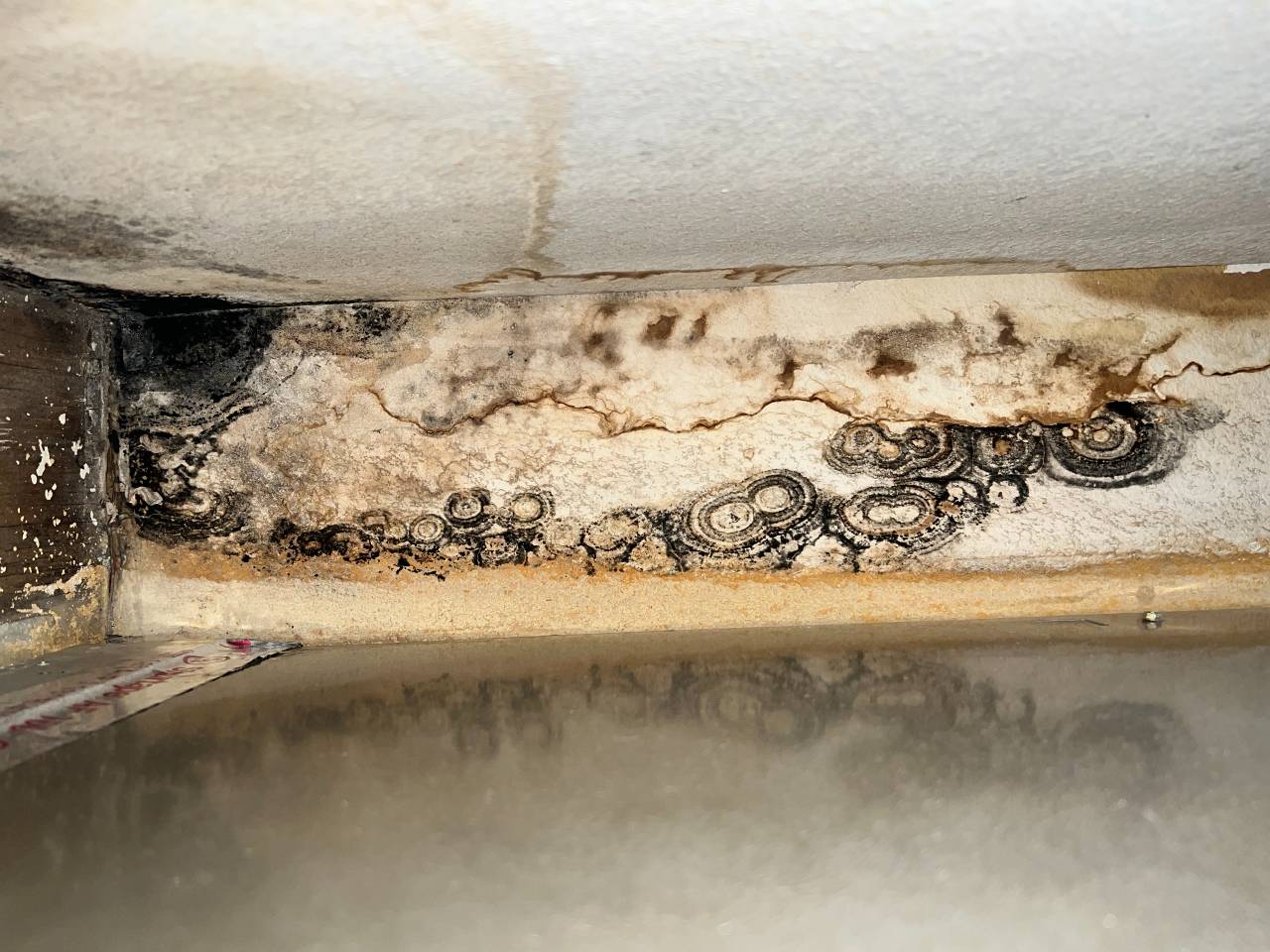Crucial Actions After Mold Remediation
Crucial Actions After Mold Remediation
Blog Article
Your Ultimate Overview to Post Mold Removal Methods
Browsing the realm of post-mold removal methods is a careful procedure that requires interest to detail and a comprehensive understanding of the ins and outs included. In the results of mold and mildew problem, understanding how to properly get rid of the mold and mildew and stop its reoccurrence is critical for maintaining a healthy and balanced interior atmosphere. From choosing the best cleaning and sanitizing approaches to implementing techniques for long-term mold avoidance, each action in the removal journey plays a vital duty in ensuring a successful outcome. As we start this expedition of post-mold remediation strategies, we will certainly uncover the vital methods and best methods that can assist you recover your area to its pre-mold problem and protect it versus future mold dangers.
Understanding Post-Mold Removal Process
After completing the mold and mildew removal process, it is critical to comprehend the post-mold remediation methods that are needed to ensure a efficient and thorough clean-up. When the mold and mildew has been eliminated, the next step entails cleansing and decontaminating the influenced locations to stop any kind of regrowth of mold.
In addition, conducting a final examination post-remediation is essential to ensure that all mold has actually been efficiently gotten rid of. This assessment should entail a comprehensive visual check in addition to potentially air sampling to confirm the absence of mold spores airborne. Added remediation might be essential if the evaluation discloses any type of lingering mold. Last but not least, informing passengers on safety nets such as managing moisture levels and immediately attending to any water leakages can help keep a mold-free environment.
Reliable Cleaning and Sanitizing Techniques

Avoiding Future Mold Development

Relevance of Correct Air Flow
Proper air flow plays a critical role in stopping dampness build-up, an mold removal foam essential consider mold and mildew development within interior settings. Effective ventilation systems assist remove excess humidity from the air, mold removal in attic lowering the possibilities of mold spores discovering the wetness they need to sprout and spread out. Without adequate air flow, indoor areas can end up being a breeding place for mold, bring about prospective wellness dangers and architectural damage.
By ensuring appropriate air blood circulation, ventilation systems can also aid in drying wet locations quicker after water damages or flooding occurrences, better discouraging mold development. After mold remediation. In rooms like bathrooms, kitchen areas, attic rooms, and cellars where dampness degrees often tend to be higher, mounting and maintaining effective air flow systems is vital in preventing mold invasions

Surveillance and Maintenance Tips
Provided the crucial go to this site role that appropriate air flow plays in avoiding mold development, it is crucial to develop reliable surveillance and maintenance pointers to make sure the ongoing performance of ventilation systems. Regular examinations of air flow systems must be performed to check for any indicators of obstructions, leakages, or breakdowns that can hamper appropriate air movement. Monitoring humidity levels within the building is additionally important, as high moisture can add to mold growth. Setting up a hygrometer can help track humidity levels and sharp property owners to any type of spikes that might need attention. In addition, making sure that air filters are frequently cleansed or changed is necessary for maintaining the effectiveness of the ventilation system. Implementing a timetable for regular maintenance tasks, such as duct cleansing and a/c system inspections, can aid protect against issues before they rise. By staying positive and alert to the problem of ventilation systems, homeowner can successfully minimize the risk of mold and mildew regrowth and maintain a healthy indoor atmosphere.
Conclusion
To conclude, post-mold removal methods are important for making sure a tidy and secure atmosphere. Understanding the process, implementing effective cleansing and sanitizing techniques, protecting against future mold development, preserving proper ventilation, and routine monitoring are all essential steps in the remediation process. By adhering to these guidelines, you can efficiently remove mold and stop its return, working or advertising a healthy and balanced living space for all residents.
In the aftermath of mold and mildew infestation, understanding exactly how to properly get rid of the mold and mildew and stop its reoccurrence is vital for preserving a healthy interior atmosphere. When the mold has been eliminated, the following step includes cleansing and decontaminating the influenced locations to stop any type of regrowth of mold - Post Mold Remediation. After removing visible mold and mildew development, it is crucial to cleanse all surfaces in the damaged area to eliminate any staying mold spores. To even more boost mold avoidance procedures, it is essential to attend to underlying issues that at first led to mold advancement.Provided the vital duty that proper air flow plays in preventing mold growth, it is critical to develop reliable surveillance and upkeep tips to guarantee the continued performance of ventilation systems
Report this page